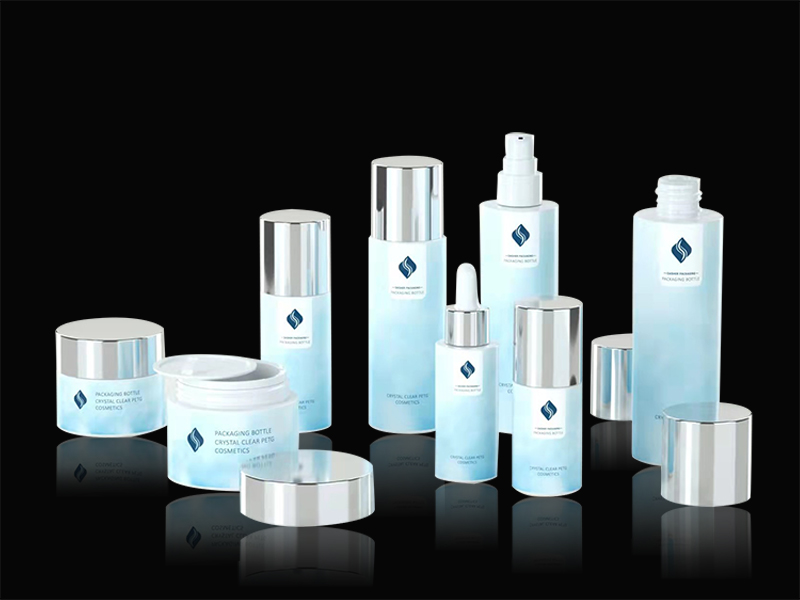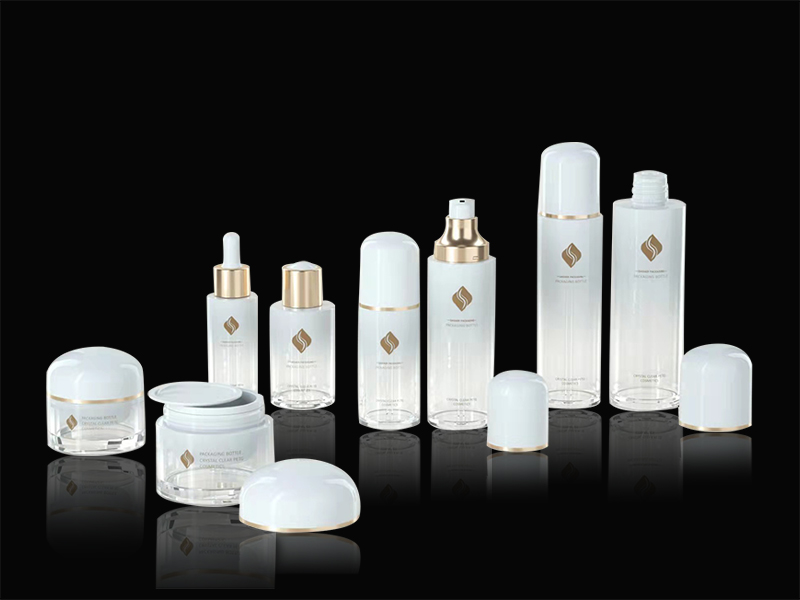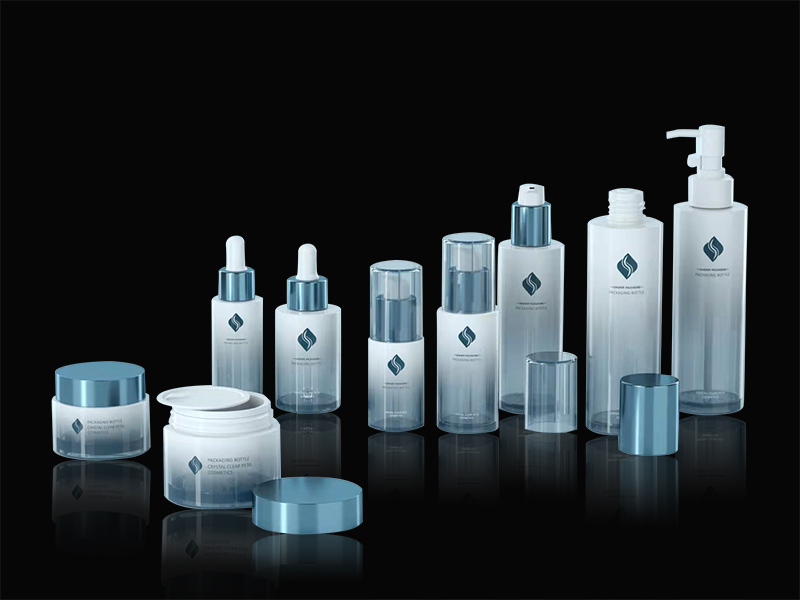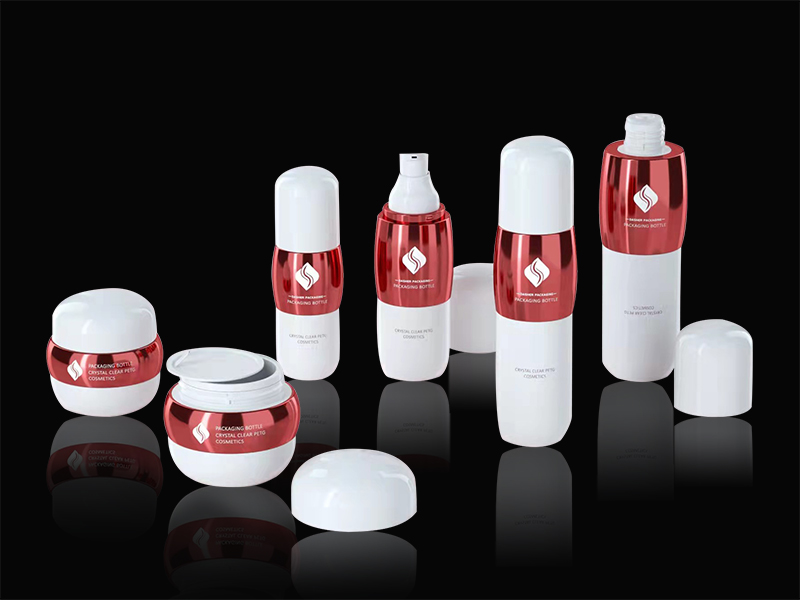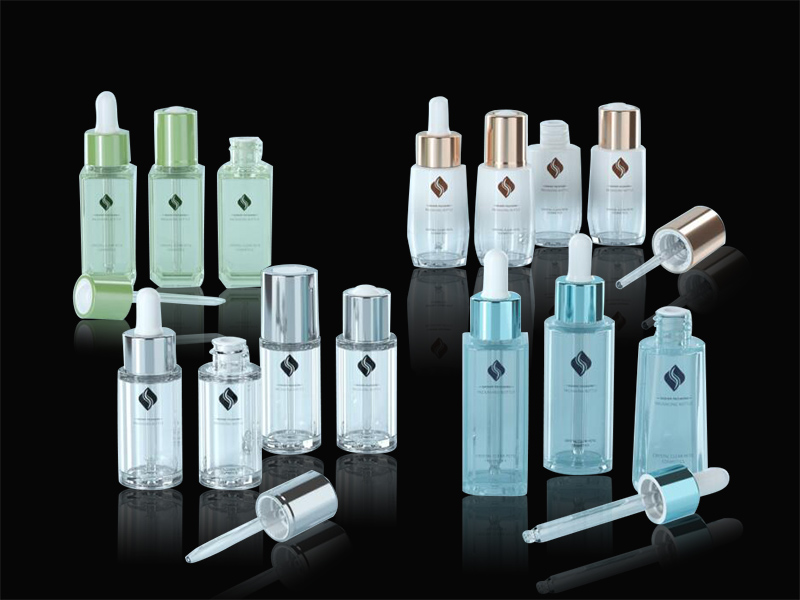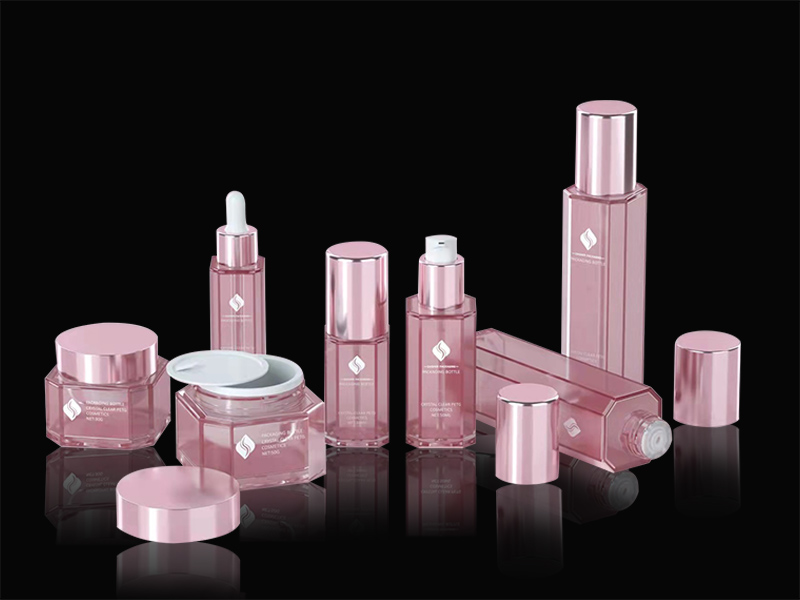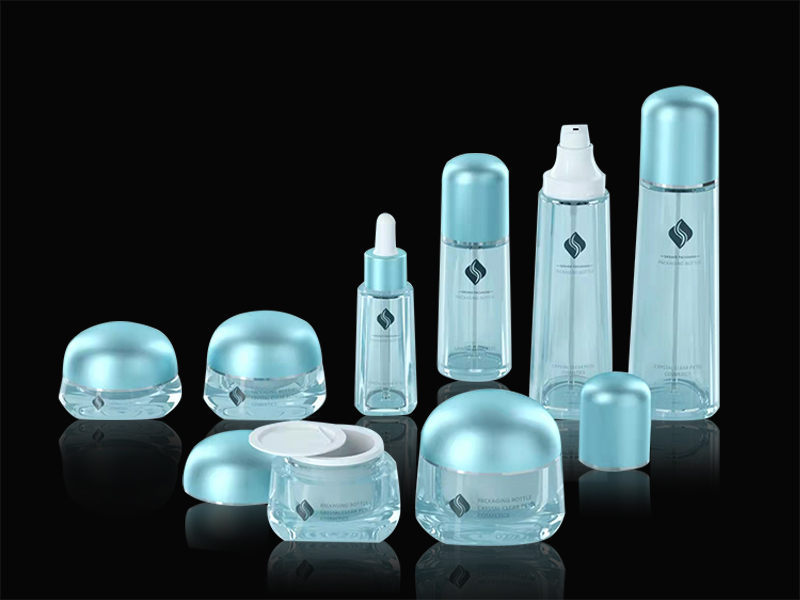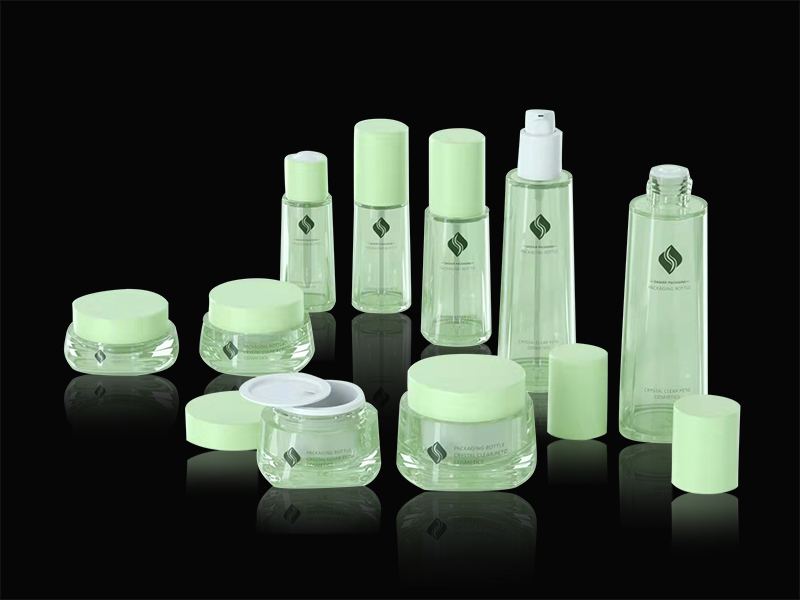Bottle development
The process of manufacturing barrier plastic bottles by coating technology has been declining. The German Krones AG and Tetra Pak (Illinois) have begun to reduce production scale. Krones and Coca-Cola jointly developed BestPET technology to coat the outer surface of the bottle with a coating containing silicon oxide. A spokesperson for the company claimed that the technology was outdated due to excessive cost and inadequate oxygen barrier properties. Tetra Pak also terminated the Glaskin silica plasma coating system applied to the inner wall of PET bottles. research work.
In addition, SIPA of Italy developed a new type of barrier enamel material for PEN bottles. Its trade name is Smart Coat. The process is: after the blow molding process, the bottle is smeared and then placed in the infrared. The bottle is quickly dried in the oven, and after a second coating, the bottle is cured under UV radiation. A standard squeegee can process approximately 12,000 plastic bottles per hour. One of the application goals of this PET bottle is to fill carbonated beverages. According to the company, 0.5 litre capacity, single-purpose smeared PET bottles, the shelf life of the packaged goods can be as long as one year, without smearing The shelf life of PET bottles is only 7 weeks.
British Innovative Plastics Technology (AFT) has developed a patented water-based flow coating process that coats the outer surface of a special barrier thermoplastic resin preform. After the preform is coated, the resin Curing occurs and the preform can be stretched and blown on a standard processing equipment. APT claims that this coating process will increase the barrier performance of CO by 3-4 times compared to uncoated PET bottles, and Husky is negotiating with APT to transfer technical issues to obtain this The operating permit for the coating equipment, the design capacity of the equipment is 30,000 preforms per hour, APT company director Robert. Li said. This technology has been purchased by a leading manufacturer of beverages for the processing of non-alcoholic beverage bottles.
The Institute of Plastics Processing (IKV) of the University of Aachen, Germany, has transferred the PE168, a plasma coating technology for plastic bottles, to Sidel. IKV has also developed a plastic bottle coating technology that uses 20- The 150nm barrier coating, similar to the inner wall coating process, can improve the CO barrier performance of PET bottles by 4 times. The processing cycle of the technical production system device is 15 seconds, regardless of the 10,000 bottles/sale case, the researchers set The development goal is to reduce the cycle time of the process within 10 seconds, apply a more powerful vacuum pump, and other improved detection devices.

